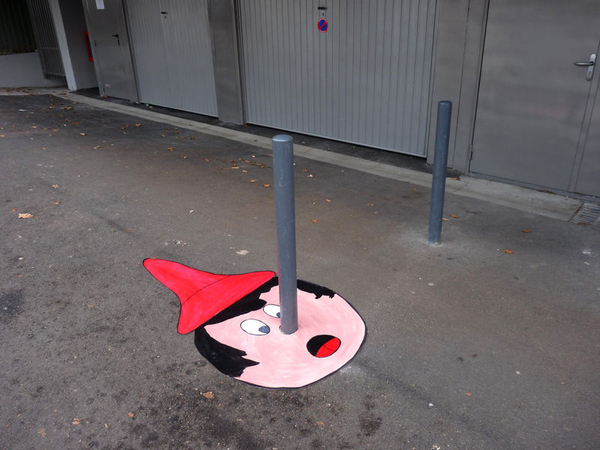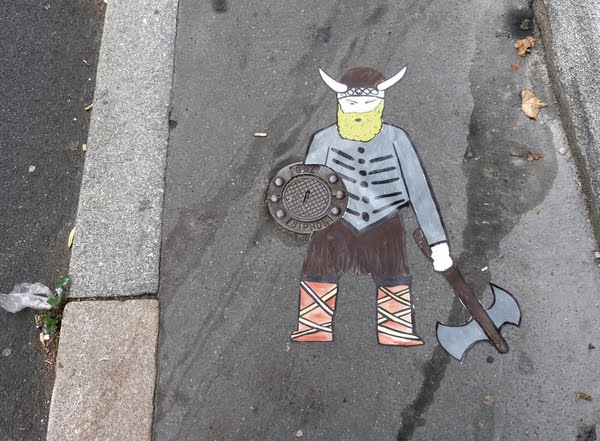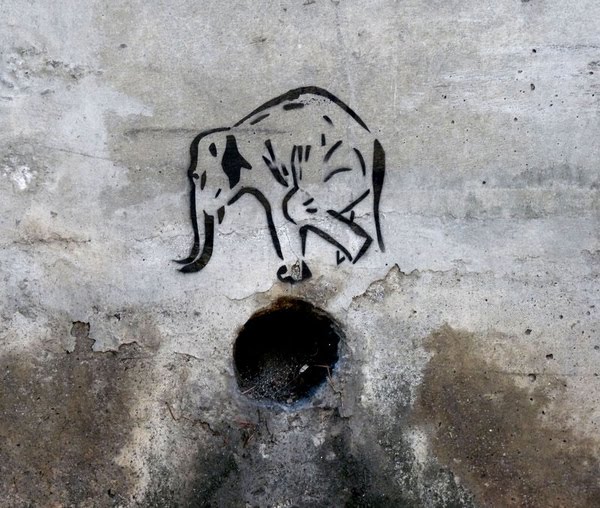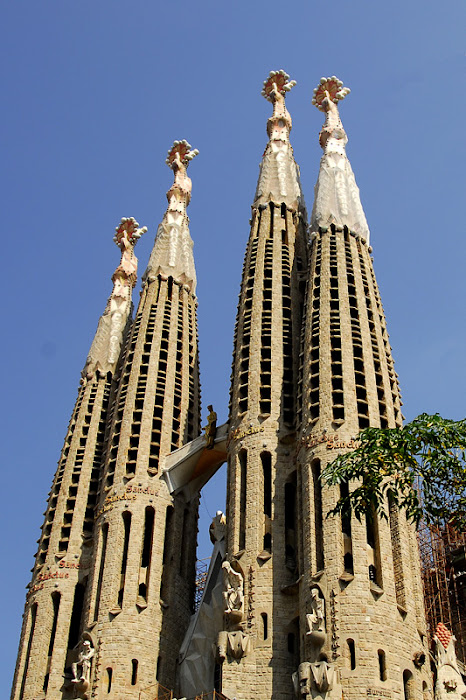 The word 'Kalahari' is derived from the Setswana (a language spoken in southern Africa) word kgala, meaning great thirst. The Kalahari desert covers the central part of southern Africa, and covers large areas of South Africa, Botswana, and Namibia. It is surrounded by the Kalahari basin, and the only major river flowing through the area is the Okavango.
The word 'Kalahari' is derived from the Setswana (a language spoken in southern Africa) word kgala, meaning great thirst. The Kalahari desert covers the central part of southern Africa, and covers large areas of South Africa, Botswana, and Namibia. It is surrounded by the Kalahari basin, and the only major river flowing through the area is the Okavango.The terrain in the Kalahari is dotted with ancient lake beds, that have now run almost dry. This semi-arid desert is covered with red sand and lacks a permanent source of surface water. Rainfall is scanty, and parts of the desert are drained by the salt pans of Makgadikgadi and Etosha. In spite of harsh weather conditions, Kalahari desert exhibits a wide variety of plant and animal species. The vegetation mainly consists of dry grasses and shrubs, and a few species of Acacia and thorned trees, which have adapted well to the arid landscape. Described below in greater detail are the most commonly found plants in the Kalahari desert.
Kalahari Desert Plants
Hoodia Gordonii
Sometimes referred to as Hoodia cactus, the actual name of the plant is Hoodia gordonii. Though it shares many similarities with cactus, it does not belong to the cactus family. Very well adapted to dry climate, this barbed succulent is leafless, and is widely used in southern Africa for its medicinal purposes. Pollination of flowers is usually carried out by flies, and its flowers have an unpleasant, decaying meat odor. The natives of the region, mainly the San Bushmen, make use of this plant to treat a variety of digestive and gastrointestinal problems and to suppress appetite and thirst.
Camel Thorn Tree
Belonging to the genus Acacia, camel thorn tree (Acacia erioloba) is endemic to southern Africa. This spiny tree can grow as high as 17 meters, and hence it's a favorite with giraffes, which are found abundantly in the Kalahari. With their long necks and specially adapted tongues and lips, they can easily reach up to and eat the succulent, fleshy leaves of the camel thorn, which other animals cannot. The sharp thorns of the tree prevent animals from over-grazing. Weaver birds build large over-sized nests in these trees, even as big as 2 meters. The tree also bears gray, kidney-shaped, seed-bearing pods, which are a staple diet for cattle. The pods are collected and the seeds are used commercially to feed livestock because of their high nutritional value. The seeds can also be used as a substitute for coffee beans, after crushing and roasting them. The dark reddish-brown wood of this tree also has many uses, being very strong and drought-resistant. It is used in constructing poles, fences, and houses, and it is also used as firewood. The root system is also well-developed and reaches deep into the earth.
Shepherd's Tree
Known locally as matoppie and witgatboom, shepherd's tree (Boscia albitrunca) can attain a length of 8 meters. This slow-growing tree is commonly found in the Bushveld and Lowveld regions of southern Africa, and thrives in the dry and salty, low-lying areas. The trunk is sturdy and white, and may have patches of gray or black bark. The wood is used in the preparation of kitchen utensils by the native people. The tree bears a dense evergreen foliage, with the leaves forming a big canopy over the top, with intertwining twigs and leaves. The leaves are thin, narrow, and stiff with a leathery texture, and taper towards the base. The veins of the leaf are quite indistinct, except for the midrib. They are a source of nutrition for antelopes, giraffes, and other animals, being very high in vitamin A and protein content. The shepherd's tree produces small, star-shaped yellow flowers, with a sweet scent, which are also a food source for animals. The tree also has round fruits, which turn yellow on ripening, and measure even less than an inch. It is used to treat patients who suffer from epilepsy. Like the camel thorn, the roots of this tree also reach deep into the ground. The root powder is considered edible and used to make coffee and porridge.
Horned Melon Tree
Known by various names like gemsbok cucumber, African horned cucumber, hedged gourd, and kiwano, the horned melon tree belongs to the cucumber and melon families. Native to southern Africa, this tree is famous for its fruit, the kiwano, which resembles a spiny, oval melon. The plant is an annual creeper and thrives in warm climates. A single creeper can produce several fruits, and these in turn act as support for the vine and tendrils to spread further. The leaves and stems have a layer of fuzz. The fruit is considered a delicacy, and can be eaten both raw and ripe, and is also used in cooking. Its taste is a blend of cucumber and banana. It is beneficial for health with a high content of fiber and vitamin C.
The Kalahari desert has a diverse ecology. But plants like the Hoodia gordonii are threatened by illegal trade since there is ongoing research about its medicinal properties all over the world. The dry seasons see a rise in drawing water from the earth by boring deep underground holes, which adversely affects the plant life. These plants can survive in very specific conditions, and care must be taken to see that human actions do not disturb the delicate balance of nature so that the biological diversity of the desert is maintained, and continues to flourish.
 The U.S. Department of Labor reported that employers added about 117,000 jobs in the month of July, with all of the gains coming from the private sector. And with some tricky accounting, the overall unemployment rate fell to an adjusted rate of 9.1% from 9.2%, with somewhere around 14 million Americans currently out of work. Another interesting number, the Labor Force Participation Rate fell to 63.9%, which is the lowest number since 1984.
The U.S. Department of Labor reported that employers added about 117,000 jobs in the month of July, with all of the gains coming from the private sector. And with some tricky accounting, the overall unemployment rate fell to an adjusted rate of 9.1% from 9.2%, with somewhere around 14 million Americans currently out of work. Another interesting number, the Labor Force Participation Rate fell to 63.9%, which is the lowest number since 1984. Dairy farming business is growing by leaps and bounds in developing and developed countries. United States is the second largest producer in dairy production and has around 70,000 dairy farms. This business requires long man hours in which a typical day of a dairy farmer is from 4 a.m to 6:00 p.m where supervision and cleaning is important. Even understanding the current scenario where the dairy business is volatile because of high supply and low demand, has diverted the dairy farmers to move into other avenues.
Dairy farming business is growing by leaps and bounds in developing and developed countries. United States is the second largest producer in dairy production and has around 70,000 dairy farms. This business requires long man hours in which a typical day of a dairy farmer is from 4 a.m to 6:00 p.m where supervision and cleaning is important. Even understanding the current scenario where the dairy business is volatile because of high supply and low demand, has diverted the dairy farmers to move into other avenues. Self centered behavior, demands of instant gratification of material wants (not needs), tantrums on failing to get what they want, attention seeking and narcissistic behavior, manipulation by making you, the parents, feel guilty, etc., are some of the characteristic traits of a spoiled child. A spoiled child is the product of overindulgent parents, who assume that money can substitute for their time and attention towards their children, or sometimes you just cannot say, "No!", because you 'love your child so much'! Don't get me wrong though! I know how it can really break your heart, to refuse something to someone you love more than anything else in the whole wide world, and you also have the best intentions at heart, when you buy things for your children. But the problem arises, when the child has not been taught the value of these things, or if these things have been given to him too easily in spite of the child displaying less than satisfactory behavior lately. In such a case, the child begins to take these things for granted, and even begins to expect them for no particular reason, and you end up spoiling your child, which now puts you in a pickle, because you didn't predict/expect this. What you have on your hands is a spoiled child, and you have to deal with this in the best possible way, to avoid guilt trips, fits of anger, tantrums and the like. Here are a few tips to help you.
Self centered behavior, demands of instant gratification of material wants (not needs), tantrums on failing to get what they want, attention seeking and narcissistic behavior, manipulation by making you, the parents, feel guilty, etc., are some of the characteristic traits of a spoiled child. A spoiled child is the product of overindulgent parents, who assume that money can substitute for their time and attention towards their children, or sometimes you just cannot say, "No!", because you 'love your child so much'! Don't get me wrong though! I know how it can really break your heart, to refuse something to someone you love more than anything else in the whole wide world, and you also have the best intentions at heart, when you buy things for your children. But the problem arises, when the child has not been taught the value of these things, or if these things have been given to him too easily in spite of the child displaying less than satisfactory behavior lately. In such a case, the child begins to take these things for granted, and even begins to expect them for no particular reason, and you end up spoiling your child, which now puts you in a pickle, because you didn't predict/expect this. What you have on your hands is a spoiled child, and you have to deal with this in the best possible way, to avoid guilt trips, fits of anger, tantrums and the like. Here are a few tips to help you.

















































